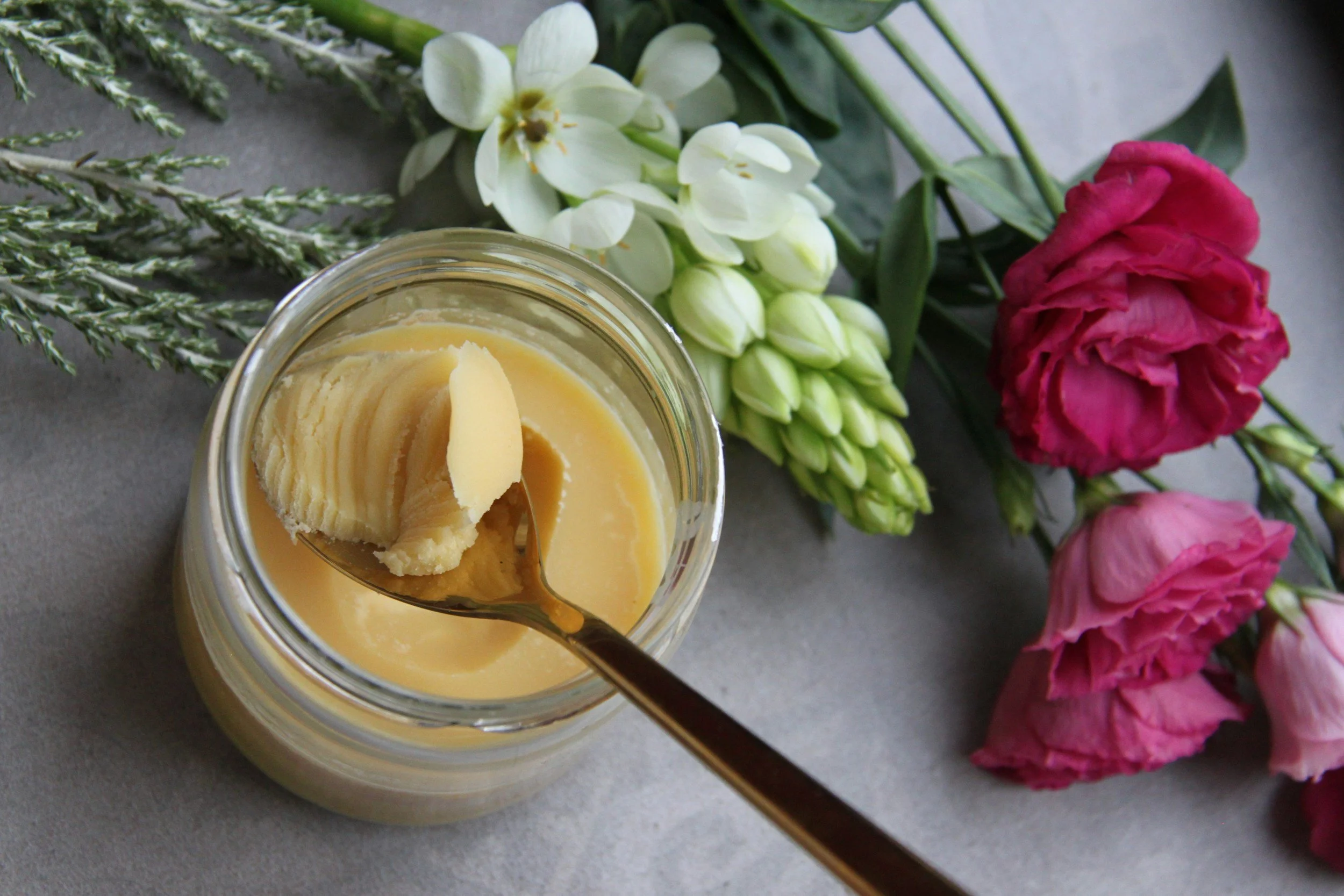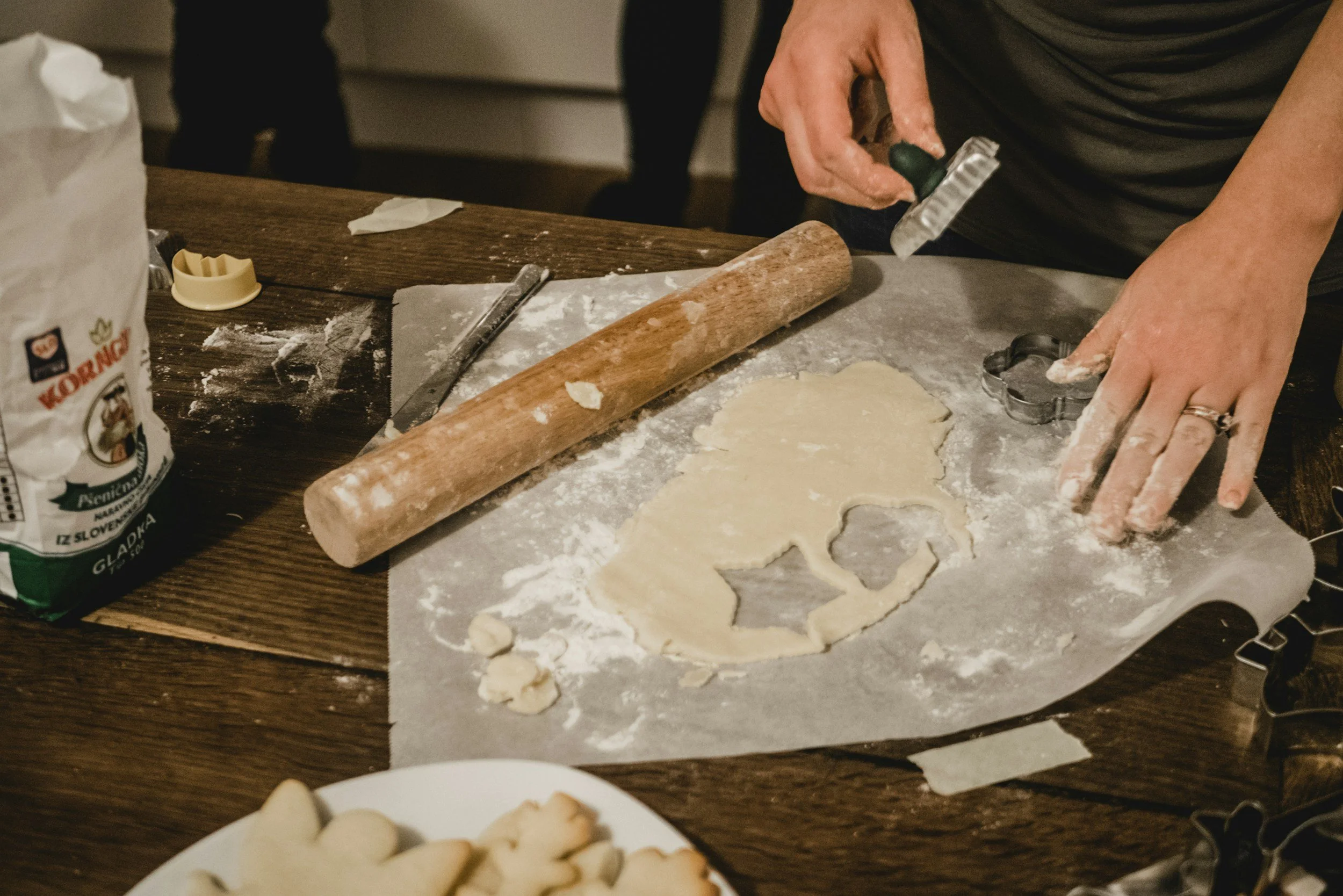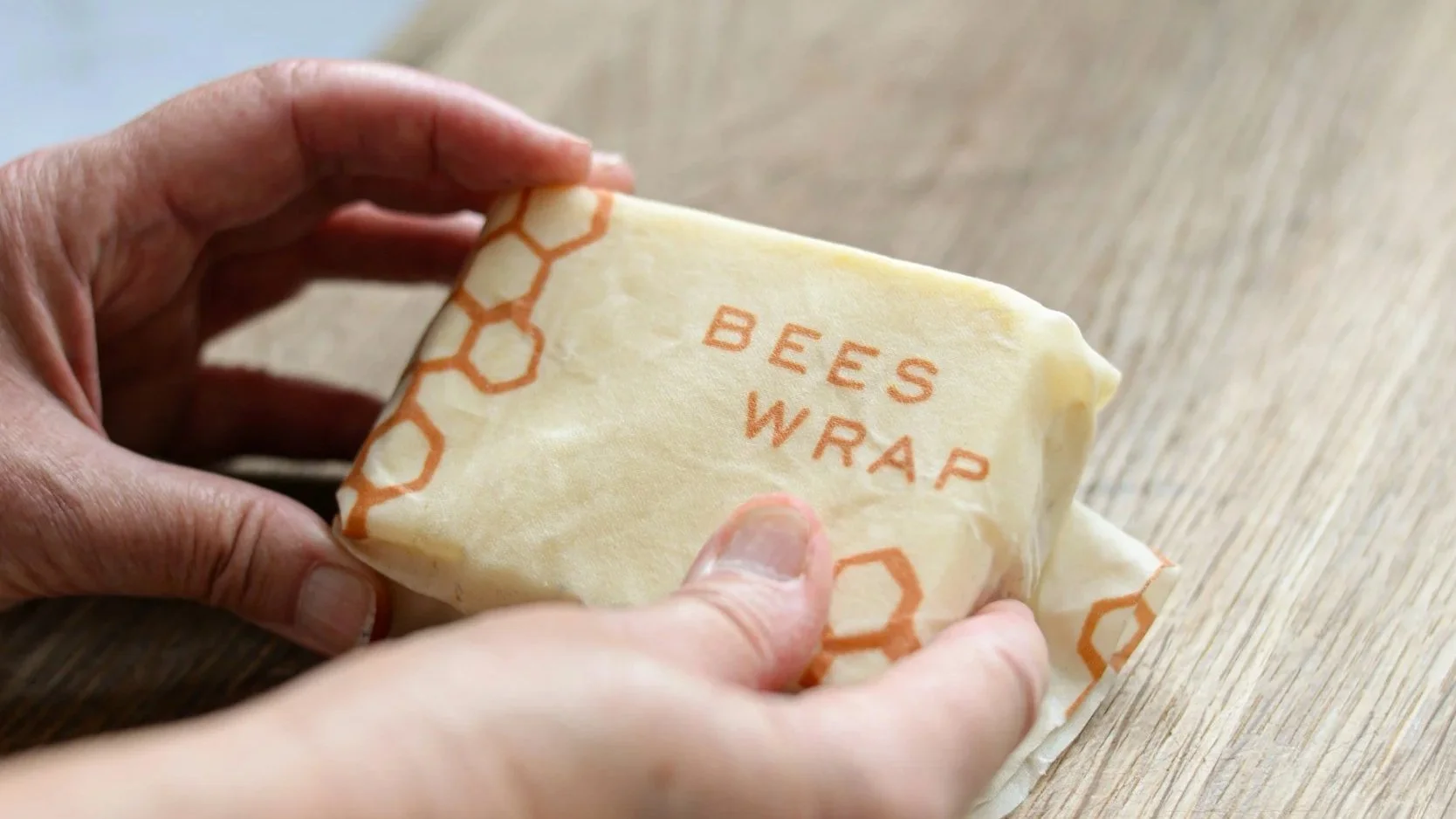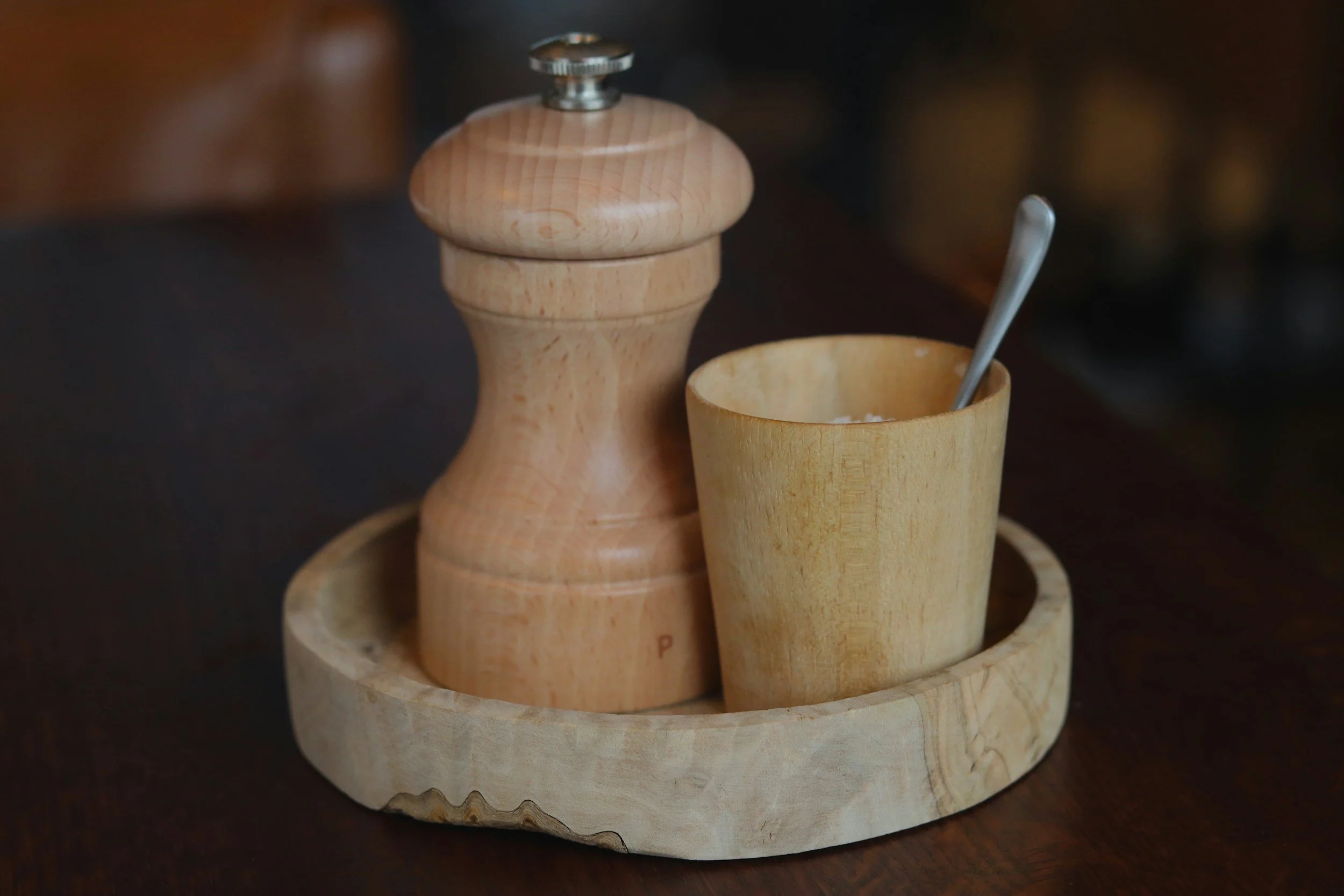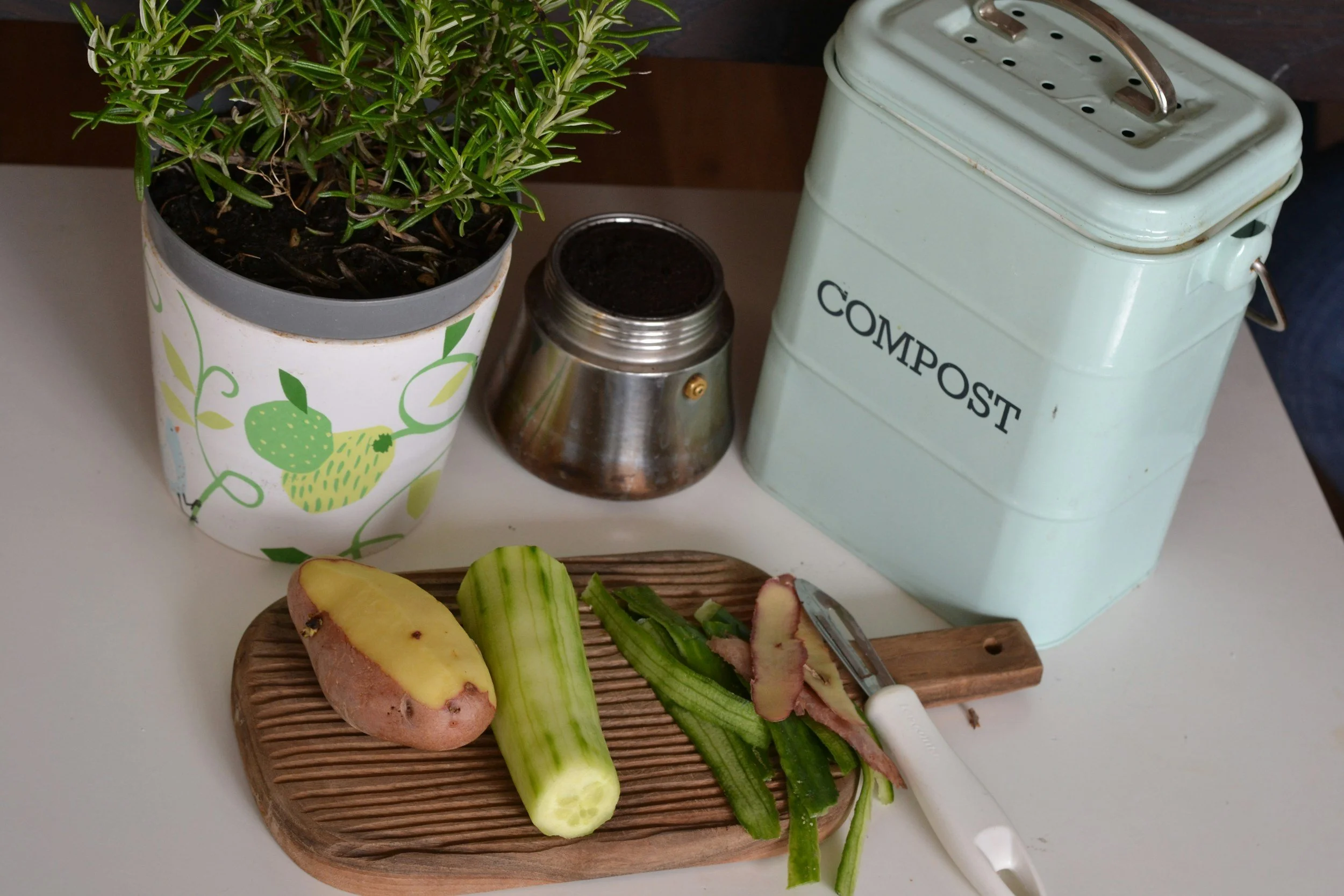Clean Eating Starts in the Kitchen, Literally
As I continue to progress in my clean eating and holistic lifestyle, I realized something: eating well can only do so much. If we’re truly trying to live clean, we have to improve in all aspects of health. That means it’s time to start changing our cooking supplies.
So many of us focus on organic food, clean ingredients, and mindful meals, yet we’re still cooking with toxic cookware or storing food in plastics that leach chemicals into everything we just spent good money on. It’s like taking two steps forward, one step back.
Let’s be honest. Teflon pans, plastic spatulas, and cheap aluminum pots are convenient, but they’re not doing our health or the planet any favors. Over time, they release microplastics and harmful compounds, especially when exposed to high heat. And when your goal is to nourish your body naturally, that just doesn’t align anymore.
Here’s where to start if you’re ready to upgrade your kitchen to match your wellness goals:
Switch to stainless steel or cast iron cookware
They’re durable, toxin-free, and actually add trace minerals like iron to your food. If you treat them well, they’ll last for decades.
Go for glass or ceramic storage containers
No more microwaving leftovers in plastic. Glass keeps your food pure, fresh, and free from chemical leaching.
Use wooden or silicone utensils.
They’re gentle on your cookware and free from the toxins that can be found in lower-quality plastics.
Choose ghee, avocado oil, or grass-fed butter for cooking.
These natural fats are not only clean and rich in nutrients but also hold up well under heat without any synthetic oils.
Switch to filtered water and glass bottles
Ditch plastic water bottles for glass or stainless steel ones, and consider using a countertop water filter. It’s one of the easiest ways to reduce daily exposure to microplastics and heavy metals.
Choose wooden cutting boards over plastic ones
Plastic boards release microplastics every time you slice into them. A high-quality wooden or bamboo board is antibacterial, durable, and adds a rustic beauty to your kitchen.
Use unbleached parchment paper or silicone baking mats
Regular parchment paper can be coated with bleach or non-stick chemicals. Unbleached versions or silicone mats are cleaner, reusable, and better for both your food and the planet.
Opt for beeswax wraps instead of plastic wrap
Beeswax wraps are reusable, breathable, and completely natural. They keep food fresh without the chemicals or waste of plastic wrap. Plus, they look beautiful in your kitchen.
Choose organic cotton or linen kitchen towels instead of microfiber
Microfiber cloths shed tiny plastic fibers into the air and water every time you wash them. Organic cotton or linen towels are biodegradable, gentle, and add that soft, timeless touch to your kitchen.
Upgrade your food processor or blender to BPA-free options
If you use high-speed blenders or food processors often, check that the containers are BPA-free or glass. Heat and friction from blending can cause plastics to release toxins into your food.
Try natural dish soaps and cleaners
Conventional soaps and sprays often contain synthetic fragrances, dyes, and sulfates that linger on your dishes and counters. Plant-based, fragrance-free cleaners are gentler on your skin and the environment.
Replace non-stick bakeware with stainless steel or stoneware
Those dark, coated baking sheets often contain PFAS (“forever chemicals”). Choose stainless steel or ceramic-coated pans that are naturally non-stick and safe for high heat.
Store dry goods in glass jars
Transfer rice, oats, flours, and nuts into glass jars instead of keeping them in plastic packaging. It keeps food fresher, deters pests, and makes your pantry feel calm and organized.
Switch to wooden salt and pepper grinders
It’s a simple change that eliminates contact with plastic while giving your kitchen a warm, organic feel. Plus, freshly ground spices taste better and support a more mindful cooking experience.
Switch to compostable trash bags and recycle consciously.
It’s not just what you cook with, it’s how you dispose of it. Compostable liners and mindful recycling reduce household toxins and waste effortlessly.
Living clean isn’t just about what’s on your plate; it’s about everything that touches it. The goal isn’t perfection; it’s awareness. Step by step, swap by swap, we build a healthier home and a happier body. And if there’s one thing I’ve learned, this is the ultimate non-toxic kitchen swap you’ll ever need: invest in high-quality, safe, and natural cookware and storage. From stainless steel and cast iron to glass containers and wooden utensils, these simple upgrades protect your food, your body, and your lifestyle while keeping your kitchen beautiful and intentional.





